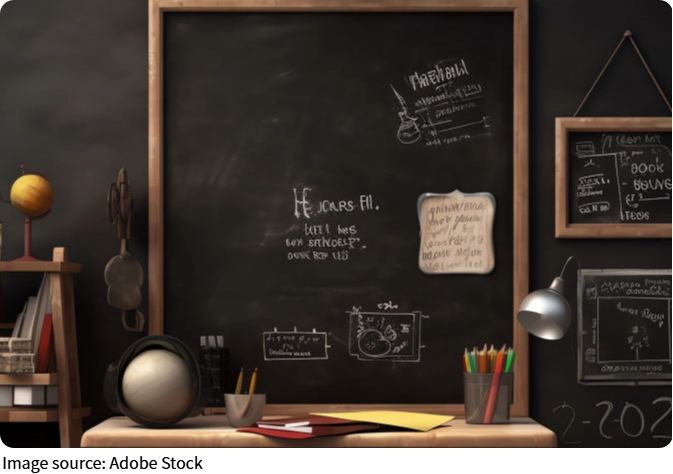Guide of Storytelling

Visual storytelling is a powerful way to share messages and engage audiences by combining images and narratives. For Lykkers eager to connect deeply and effectively, understanding this approach is essential.
From ancient times to today’s digital age, storytelling through visuals has been a universal means of communication, evolving alongside human creativity.
Understanding Visual Storytelling
Definition and Purpose
Visual storytelling uses pictures, videos, and other visual elements to craft a narrative. It’s not just about telling a story for itself but about guiding the audience toward a specific response.
This could be motivating action, guiding decisions, or sparking emotional connections with a subject, product, or brand.
The Power of Visual Communication
The brain processes images far faster than written words—up to 60,000 times quicker. An image can be understood in as little as 13 milliseconds, and nearly 90% of the information our brain receives is visual.
Additionally, people tend to remember 65% of the information when it is paired with visuals, compared to only 10% when presented as text alone. This shows how impactful images are for creating lasting impressions.

Key Components of Effective Visual Storytelling
Knowing Your Brand or Message
A strong foundation starts with a clear understanding of what the story aims to convey. The values and identity behind a brand or topic must be clearly defined. Without this, the visual narrative risks being unclear or unfocused.
Crafting the Narrative
What makes the story memorable or distinctive? Choosing a narrative structure that suits the message is vital. Will the story inspire, inform, or evoke feelings? The goal should guide how the visuals and story unfold.
Emotional Impact Through Color
Colors play a strategic role in enhancing emotional resonance. The right palette can make the story more vivid and meaningful, strengthening the message without words.
Simplicity and Clarity
An effective story eliminates distractions. The narrative should be easy to follow, allowing viewers to quickly grasp the meaning. Recognition leads to connection, and connection leads to engagement and loyalty.
Where Visual Storytelling Shines?
Versatile Applications
Visual storytelling is valuable across many fields, but it is especially critical in areas such as design, fashion, food, beauty, automotive, and travel. These industries rely heavily on aesthetic appeal and emotional engagement, making storytelling through visuals a key marketing tool.
Role Within Business
The strategy is typically developed and executed within marketing and advertising teams. It aligns communication efforts to ensure consistent and effective messaging across multiple channels.
How to Build a Compelling Visual Story?
Setting Clear Objectives
Begin by identifying what the story aims to achieve. Is it to encourage a certain action, raise awareness, or build brand affinity? Clarity here will guide every other step.
Identifying the Audience
Understanding the audience’s needs and emotional triggers is essential. Knowing who the story targets influences style, tone, and content choices.
Developing the Core Idea
Pinpoint the central theme or concept around which the story revolves. This core will shape the content format, whether it’s a static image, video, infographic, or a combination.
Designing the Narrative Flow
Decide on the storytelling structure—linear, non-linear, or adaptive. Create a storyboard to map out how visuals will connect and lead the viewer through the experience.
Selecting Visual Elements
Choose or create images, graphics, or footage that support and enhance the narrative. Each visual piece should serve a purpose and fit seamlessly within the story.
Crafting Supporting Text
Write concise text to accompany visuals, whether as captions, voiceovers, or headlines. This reinforces the message and clarifies intent.
Distributing Content Strategically
Plan how the story will be shared across platforms. Adapt formats for each channel and support the launch with promotional activities to maximize reach.

Tools and Resources for Visual Storytelling
Design Software
Popular tools like Adobe Photoshop and Illustrator help create or edit images and graphics. Online platforms also assist with making infographics and other visual content.
Image Libraries
Access to royalty-free photo and graphic archives like Unsplash or Pixabay allows for high-quality visuals without legal concerns.
Video Editing Tools
Programs such as Adobe Premiere and Final Cut Pro enable the production and refinement of video content.
Storyboard and Planning Apps
Tools like Figma, Trello, and Miro facilitate narrative planning and collaboration, ensuring smooth workflow and clear visualization of the story’s sequence.
Expertise Required
While technology is essential, skilled professionals in graphic design, videography, photography, animation, illustration, and writing bring visual storytelling to life. Mastery in these areas ensures compelling and polished outcomes.
In Summary
Visual storytelling is a timeless and evolving craft that allows messages to resonate deeply and memorably. By combining clear objectives, emotional insight, strategic use of visuals and text, and careful planning, this approach creates powerful connections with audiences. For Lykkers, embracing these principles can open doors to effective communication and engaging storytelling across countless fields and platforms.


